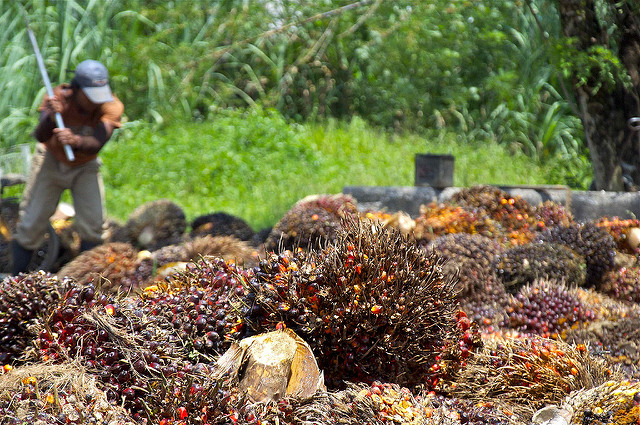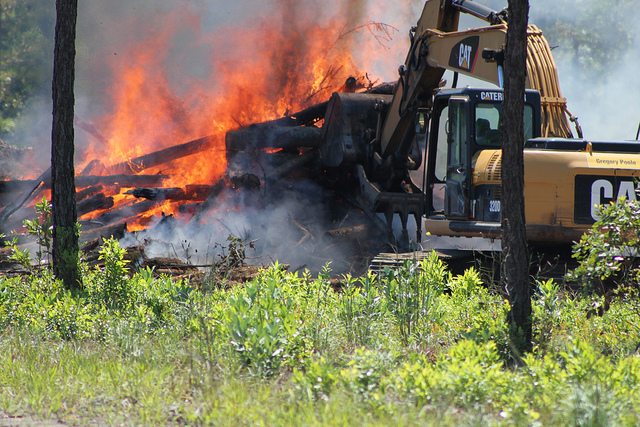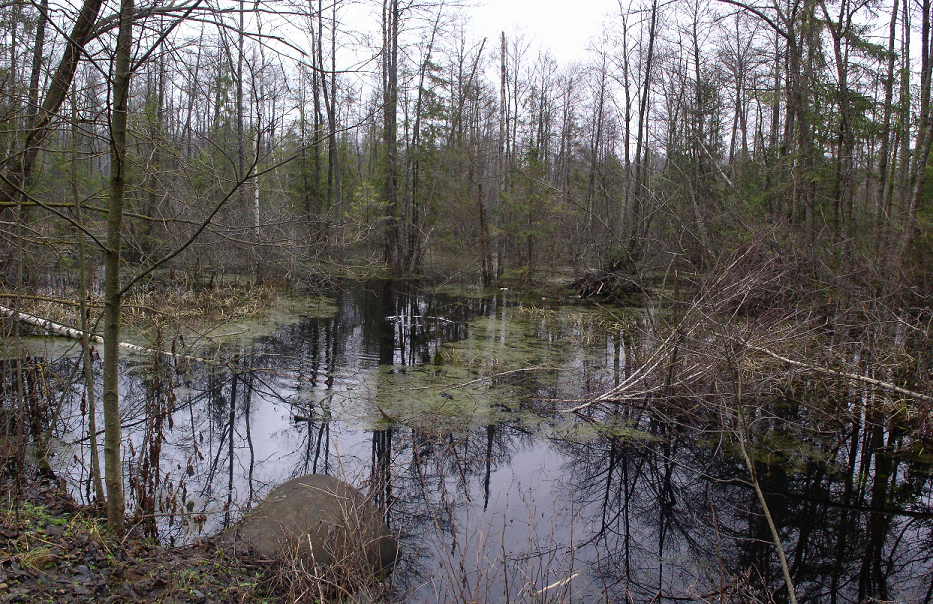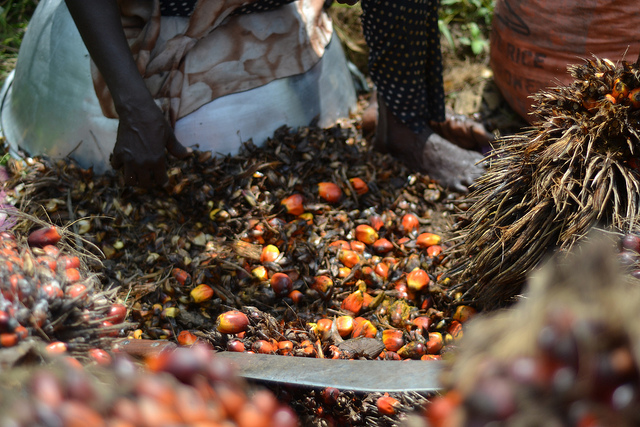Do you eat pizza, instant noodles, ice cream, margarine, chocolate, cookies or bread? If you answered yes to any of those popular foods, you’ve had palm oil, whether you knew it or not.

Photo courtesy of Hanumann on Flickr
The fast move to remove trans fats from the majority of food has been largely successful and a great step forward for widespread health initiatives, but it did have an unfortunate impact on our planet.
Palm oil is an edible vegetable oil found in the fruit of oil palm trees. As of right now, it accounts for 65 percent of all vegetable oil traded internationally. By 2020, its use is expected to double. The oil palm tree is found in tropical countries—mainly Indonesia and Malaysia. Indonesia also happens to be the third biggest greenhouse gas emitter, right behind China and the United States.

Photo courtesy of Craig Morey on Flickr
How does a developing country manage to release so many greenhouse gases? All evidence points to palm oil production. Clearing land for oil palm plantations has led to widespread deforestation. The destruction of tropical forests has been proven to be a major contributor to climate change because burning trees and vegetation release methane and other greenhouse gases.

Photo courtesy of Matt Trostle on Flickr
In recent years, oil palm plantations have moved into the peat swamps of Indonesia and Malaysia, which just so happen to have tons of carbon stored in their soil. If that soil were to remain untouched, the carbon would stay in the ground, but because these areas are being disturbed for plantations, carbon dioxide gets released in the air.

Photo courtesy of Wikimedia Commons
The swamps are also used to retain heavy rainfall and release moisture during the dry season. But because of swamp destruction, the surrounding areas have become much more prone to flooding and fires.
If all that’s not enough to get you to dump palm oil, consider what else happens when the balance of an ecosystems is upset. Forest clearance in tropical areas have led rhinos, orangutans, elephants and tigers to the brink of extinction. In peat swamps, 45 percent of mammals and 35 percent of birds are already listed as threatened, vulnerable or endangered.

Photo courtesy of Wikimedia Commons
On a human level, palm oil deforestation has also led to the loss of land and livelihoods for indigenous peoples, reducing access to clean water and fertile soil.
Palm oil is obviously pretty hard to avoid. We all eat ice cream. We all eat bread. And beyond food, it’s also in your lipstick, detergent, shampoo, soap, biodiesel and biofuel. The good news is that palm oil does not have to be produced in an environment-crippling way. It can be made responsibly.
Look for products that use certified sustainable palm oil(CSPO). This palm oil follows the criteria set by the Roundtable on Sustainable Palm Oil. That means that the oil palm trees not were planted in an area with significant biodiversity or in a wildlife habitat.

Photo courtesy of Mike Norton on Flickr
The truth is that we should not be boycotting palm oil. If we boycott palm oil, companies will begin to use different kinds of vegetable oil instead. Other oils require up to nine times as much land to produce as palm oil. Instead of boycotting, look for companies that use CSPO and, if you find one that doesn’t, give them a call to tell them why they should.


